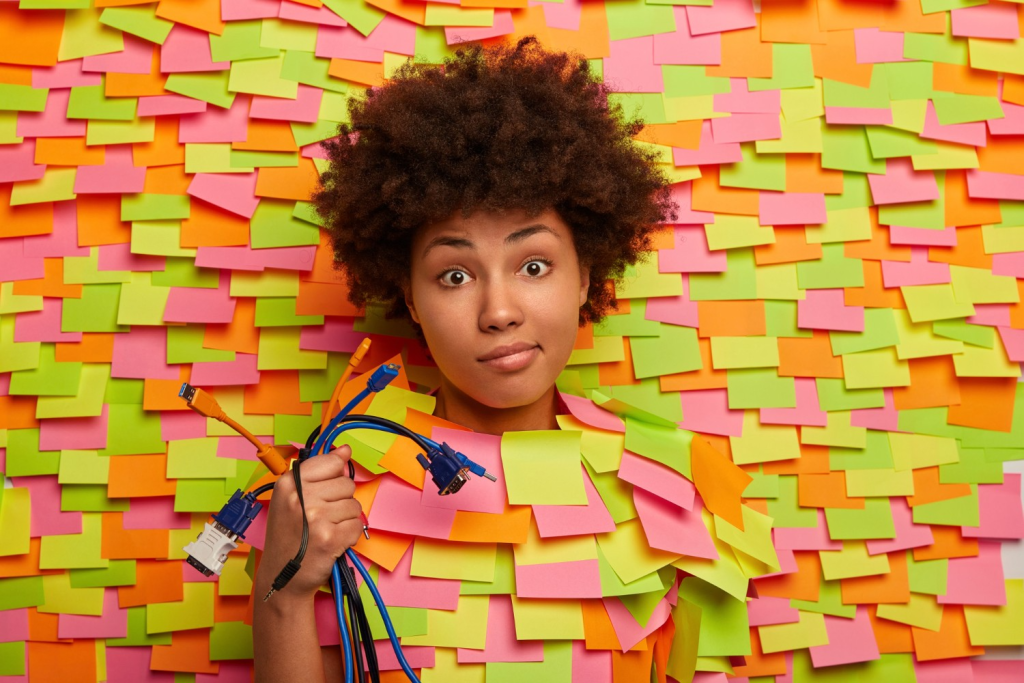As October marks Mental Health Awareness Month, attention is turning to how today’s fast-paced, digitally driven lifestyle overlaps with the symptoms of adult ADHD. Constant notifications, the pressure to multitask and everyday stress, are leaving many adults wondering whether their struggles to focus and concentrate stem from clinical ADHD or if it’s simply the effects of constant distraction.
Abdurahman Kenny, Mental Health portfolio manager at Pharma Dynamics says clinical ADHD is characterised by persistent inattention, impulsivity and hyperactivity that often begin in childhood and interfere with daily functioning, relationships and work and school. Yet modern life can create similar traits. Studies show that constant task-switching and “continuous partial attention” can impair memory, reduce focus and increase levels of the stress hormones, cortisol and adrenaline.
“The challenge is that environmental overload and short attention spans can look very similar to ADHD,” explains Kenny. “But while constant distraction may improve with boundaries, rest and lifestyle changes, ADHD is a neurodevelopmental condition that often requires medical management.”
How technology affects focus and attention
The Global Digital Report 20251, produced in partnership with Meltwater and We Are Social, reported that South African users (age 16+) spend an average of 9 hours, 37 minutes on the internet on any device, the highest internet usage rate in the world. The report states that the figure is almost exactly the same as last year, suggesting that many internet users in South Africa have developed (and are comfortable with) an always-online lifestyle.
This digital overload doesn’t come without consequences. It has had considerable impact on our cognitive abilities, notably on focus and attention. Factors, such as shrinking attention spans due to the consumption of bite-sized content, multitasking, frequent notifications leading to ongoing distraction, information overload and skim reading leading to surface-level engagement and disrupted sleep patterns from late-night screen use, all contribute to diminished cognitive performance and attention.
Recognising the difference
Kenny explains that while technology-induced attention challenges are more environmental and behavioural, neurodivergence has a biological and neurological basis. “This means that people who are easily distracted can refocus and get back on track and doesn’t impact the person’s ability to get important things done or their daily functioning.”
However, people living with ADHD already struggle with attention on tasks, are easily distracted and have difficulty with organisation, making them more vulnerable to the attention-disrupting effects of technology. Added to that is inattentiveness, which presents as overlooking important details, misplacing belongings or forgetting appointments.
Adults who suspect ADHD should begin with a validated screening tool, such as the WHO Adult ADHD Self-Report Scale (ASRS v1.1), which helps identify whether symptoms warrant further assessment.
Kenny notes that if difficulties with focus, organisation or emotional regulation have been present since childhood and impairs functioning, then it’s important to consult a healthcare Professional.
Tips to improve focus
Whether the root cause is ADHD or distraction, adopting healthy screen habits and lifestyle behaviours help maintain your physical and mental well-being. Here are a few practical tips to help you.
Set digital boundaries:
- Set time limits for devise use and set daily time limits on your favourite apps.
- Use only one device at a time.
- Turn off unnecessary notifications.
- Schedule to check your favourite social media or news sites only once or
- twice a day.
Create tech-free times:
- Plan to stop using your device at a certain time each night.
- Focus on one task at a time.
- Break tasks into smaller steps makes it less overwhelming.
- Move regularly.
- Prioritise sleep and nutrition.
- Spend time in nature.
- Write down distracting thoughts on a post-it or a notebook until you are done working.
- Schedule regular recovery breaks (without a screen), such as deep breathing, yoga,
- meditation, tai chi, massage, aromatherapy, hydrotherapy and creative therapies
- like music or art.
Try relaxation techniques to focus attention and increase awareness. Methods
include:
- Autogenic relaxation, which uses calming words and imagery to ease stress.
- Progressive muscle relaxation, where you tense and release muscle groups to
- notice the contrast.
- Visualisation, which involves imagining a peaceful scene using all your senses.
“If you’re struggling, don’t dismiss it as just part of being busy – the right support can make a significant difference,” encourages Kenny.







